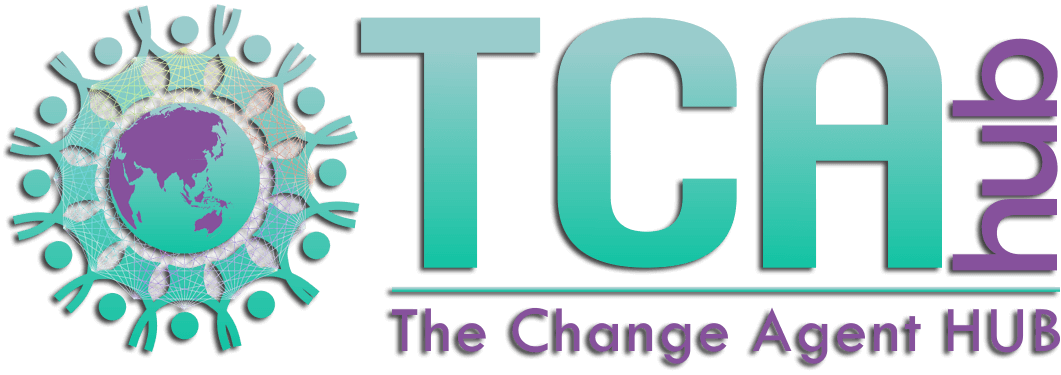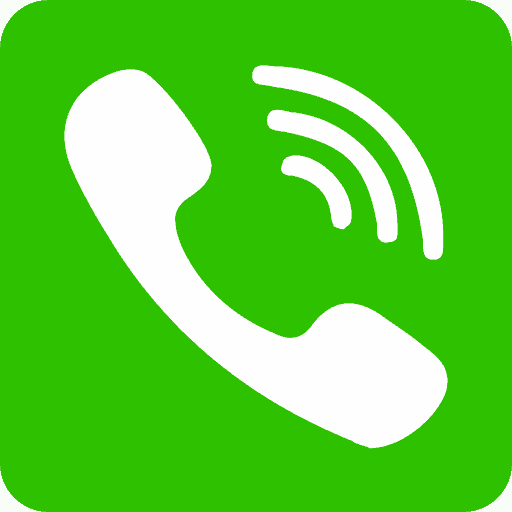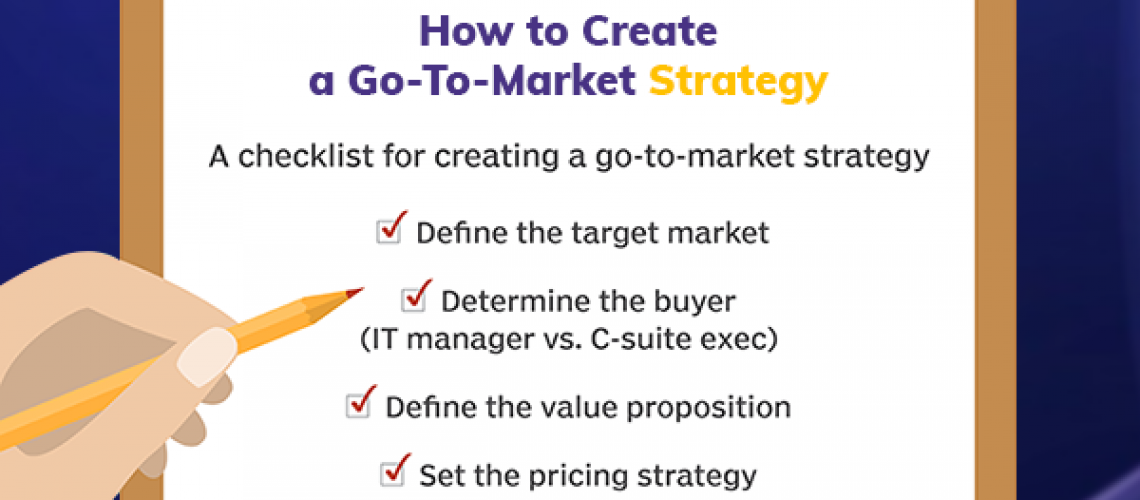Most impact founders and CEOs, lack processes when it comes to creating a go-to-market strategy. Then they either get overwhelmed or hire a consultant who doesn’t really understand their niche as well as they do and their go-to-market strategy lacks depth.
Depending on the stage of your company, the go-to-market strategy will likely be one of the largest use-of-proceeds from your capital raise and therefore will face the most scrutiny from prospective investors. So if you are not ready to give the answers prospective investors need to know, they’ll quickly lose interest.
Here are some simple steps for creating an effective Go-to-Market Strategy:
- Key considerations to Identify Your Target Markets:
- Which markets have the most urgent pain?
- Where are the market gaps?
- Which markets are most aligned with your corporate strategy?
- Which markets best align with your core competencies?
- Which markets are easiest to reach?
- What are the largest markets with the least competition?
- Consider the Following in Defining Your Target Customer:
- Who are your most loyal, profitable customers?
- What needs are you trying to satisfy for your target customers?
- What problems are you trying to solve?
- What is the ideal customer experience you’re trying to create?
- What emotions do you want customers to experience when they interact with your brand?
- Determine Your Brand Positioning:
Brand positioning is the way to generate greater brand loyalty in the mind of your customers. The positioning statement is an articulation of how a company, including their products and services, should be perceived in the minds of its customers and prospects. It brings focus to the development of a marketing strategy and the marketing plan and tactics to support that strategy. Strong brand positioning makes your business unique and differentiates you from competitors.
- Key Questions to Define Your Unique Value Proposition:
- What needs or problems do your target customers need solved?
- Which features in your offering best address these needs?
- What are the main benefits of your offering?
- What is the differentiation of your offering in the marketplace?
- Key Questions to Identify Your Channels:
- Where are your target customers and where do they buy?
- Where will you promote your products?
- What are the right distribution channels?
- How will customers want to interact with you?
- What level of interaction do your target customers require?
- Can you create a competitive advantage?
- Build Your Financial Model
Once you’ve defined your channels, you’ll need to build a financial model. To develop your pricing model, define your product pricing and estimate the costs associated with your Go-to-Market strategy, consider:
- What value does the offer bring to your target customers?
- Are there any prevailing price assumptions?
- How should you price your product relative to your competitors?
- Can you create a competitive advantage with your pricing model?
- Marketing Strategy Development
The next step is to develop your marketing strategy for each target market you’ve identified. Beginning with your brand positioning, the goal is to create competitive advantages for your products/services. You should consider:
- How will you reach economic buyers and influencers?
- What messages will convert them into clients (purchase)?
Want to get prepared to raise capital successfully?
Download our Free Fundraising Checklist Here: https://thechangeagenthub.net/fundraising-checklist
Once you receive the checklist you’ll be redirected to a video walkthrough so you can use this checklist most effectively. And you’ll also be invited to check out our 9-step fundraising preparation roadmap with detailed information called Impact Incubator Immersion. This program is the exact process all our impact clients have used to raise capital successfully.



